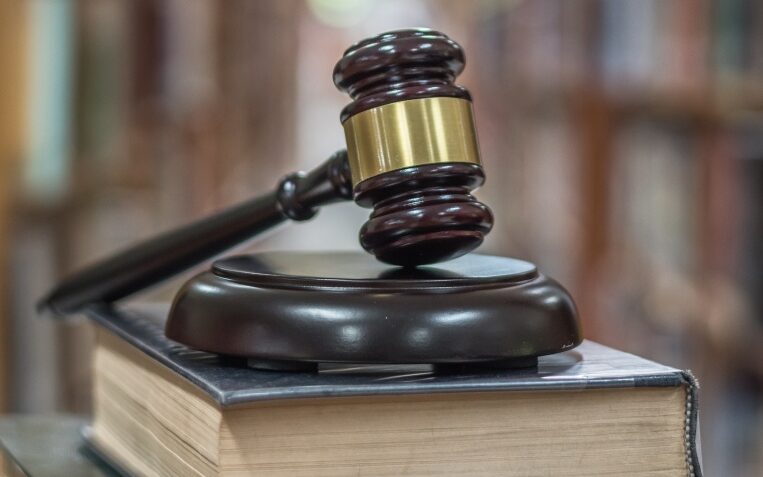Copyright rights are “relationship property” (RP) for the purposes of the Property Relationship Act 1976 (PRA) (NZ).
So the Court of Appeal found in its now world-famous-in-New Zealand judgment of Alalääkkölä v Palmer [2024] NZCA 24, issued on 21 February 2024. Why ‘world-famous-in-New Zealand’? Because – legally, anyway – the judgment has potentially far-reaching consequences for artists and their ‘better halves’.
For readers not familiar with the background to the dispute between Ms Alalääkkölä and her former husband, Mr Palmer, the following is the brief summation provided by the Court.¹
“The appellant, Sirpa Alalääkkölä, is an artist who has created many original artworks (the Artworks) during her 20-year marriage to Paul Palmer. Many of the Artworks were sold during the relationship, providing the main source of income for the family. Others were retained by the parties and are currently in the possession of the Family Court, pending final division of the relationship property. The present dispute, however, does not relate to the ownership or division of the Artworks. Rather, the key issue is whether the copyrights in the Artworks (the Copyrights) are relationship property or Ms Alalääkkölä’s separate property.”
As noted, the Court found the ‘Copyrights’ are relationship property. Having done so, the Court had to consider how to divide the relationship property – a task not quite as easy as dividing books or coffee tables. At this juncture I am reminded (I hope not inappropriately) of that wonderful scene in When Harry Met Sally (1989), written by the late Nora Ephron, when Harry, embittered by his own personal experience, imparts his wisdom onto his friends Jess and Marie:
Harry (standing in Jess’s apartment): Right now everything is great, everyone is happy, everyone is in love and that is wonderful. But you gotta know that sooner or later you’re gonna be screaming at each other about who’s gonna get this dish. This eight dollar dish will cost you a thousand dollars in phone calls to the legal firm of That’s Mine, This Is Yours.
Sally: Harry.
Harry: Please, Jess, Marie. Do me a favor, for your own good, put your name in your books right now before they get mixed up and you won’t know whose is whose. ’Cause someday, believe it or not, you’ll go 15 rounds over who’s gonna get this coffee table. This stupid wagon wheel ROY ROGERS GARAGE SALE COFFEE TABLE!
Having considered the benefits and purpose of the Copyright Act 1994, the Court of Appeal held:
“[77] In our view this broader context strongly supports the view that, where possible, the division of relationship property under the PRA should reflect the unique and personal nature of copyright, particularly where (as here) the original works that have given rise to the Copyrights are artistic works that are personal in nature. The situation may be different if the dispute were, for example, over copyright in engineering drawings. But that is not the case.
[78] Here, it is our view that it is consistent with the overall policy objectives of the Copyright Act that Ms Alalääkkölä, as the author and creative force behind the Artworks, be able to continue to control the commercialisation of the Copyrights. It would be inappropriate and unfair to require her to transfer ownership of some of the Copyrights to Mr Palmer for a range of reasons,…
[79] Although the Copyrights are relationship property, and therefore subject to the equal sharing regime in the PRA, that regime does not require that each specific item of property be divided equally. Rather, the overall pool of relationship must be divided equally. Here, transferring some of the Copyrights to Mr Palmer would be inconsistent with, and would undermine, the “clean break” philosophy of the PRA. In contrast, allowing Ms Alalääkkölä to retain ownership of the Copyrights would enhance the prospects of the parties being able to move on with their lives (including their financial lives) independently and with a minimum of ongoing conflict. The appropriate course, therefore, is for the ownership of the Copyrights to remain with Ms Alalääkkölä, and for Mr Palmer to receive a compensatory adjustment from other relationship property to ensure an equal division of relationship property.
The outcome in Alalääkkölä v Palmer will not necessarily be the same in every future case where IP meets RP; the outcome of each case will inevitably depend on the circumstances of each case.
Such circumstances might well include – and here’s the important point for all artists – the existence of a ‘contracting out’ agreement between the disputing parties.² Under a contracting-out agreement, an artist and their partner could, in theory at least, agree that the partner will not receive any compensatory adjustment from other relationship property. As to whether, in reality, such an agreement could be struck, I venture no view except to say that the discussion might test even the strongest of relationships.
¹ At [2] of the judgment.
² Which are allowed under the PRA, as the Court of Appeal recognised at [51] of the judgment.
Related: Exporting to Australia – trademark tricks and copyright catches












